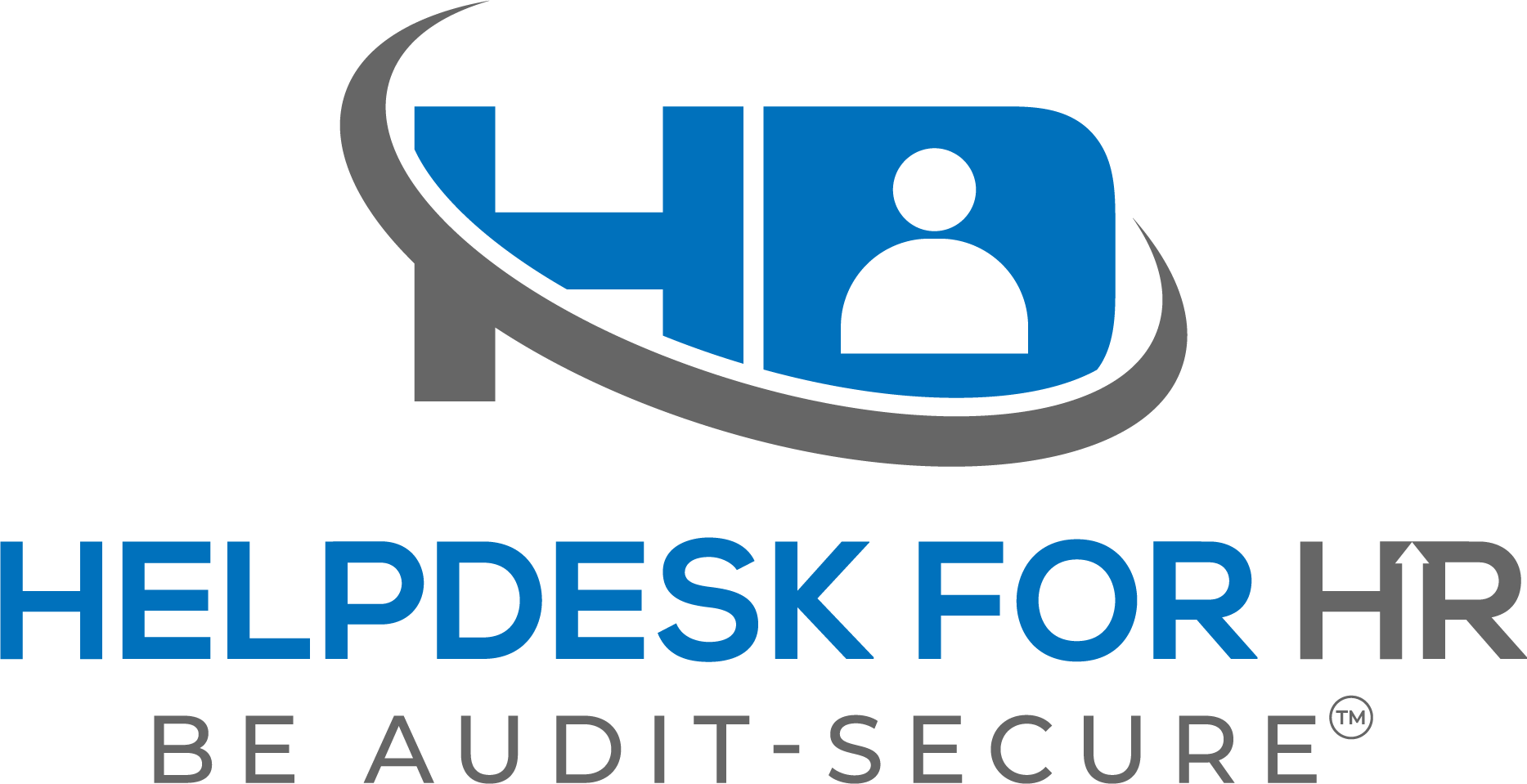Hey Compliance Warriors!
I recently had a question from one of our members that I think is worth sharing. The member wrote:
My boss wants to implement a stretching/movement break at work. Can we require employees to stretch and/or walk at a designated time while paid during their normal day?… We are looking for a way to make/encourage our employees to take both the mental and physical time.
My response:
This is a very well-meaning policy but you must make this extra break optional. You cannot require a person to walk or stretch unless it is a part of the essential functions of their job descriptions. The ADA/EEOC would be very happy to come and provide some education about that. lolSo, make the break an allowed (paid) mental and physical rejuvenation activity (not a requirement). Set a specific time limit for the break. Make suggestions for the use of this time. You can encourage employees to sit quietly for the break period and rest, meditate or take the opportunity to get up and walk or stretch. Be sure your language does not too harshly restrict the activities that can be performed during this extra break time. Give the break a name that signals the activities you are trying to encourage. Wellness Break, Mental and Physical Rejuvenation Break, or something that relays the message.You will probably meet with employees who want to smoke or make personal calls or sit around and snack and chit-chat during this time. They will argue that smoking and talking on the phone is the way they decompress, relax, and deal with stress. Be sure you are ready to address these activities which no doubt will be perceived as abuses of the generous wellness break you are trying to create.Employees who can walk and stretch will be glad to do so when they find out the break is in addition to the other breaks they already get and it is also a paid break. If there are some who do not walk and stretch due to ADA-covered limitations, be sure you do not penalize them in any way shape, or form. This activity must be strictly voluntary and for the benefit of the employees. Remember that the perception of adverse treatment based on a protected class may become the reality of a discrimination claim.I almost want to advise you not to implement this policy. But, I do love the idea. I just want you to be ready for the realities that will eventually become issues surrounding the perceived fair treatment of all employees. If you can plan for the negatives and address them in advance without breaking any laws, you will have a more successful outcome.Here are some articles to review:I hope this gives you some things to think over before taking the next step.
Have you implemented this sort of break policy in your organization? Reach out and tell us your story!
Be Audit-Secure™!
Be Audit-Secure™!
Lisa Smith, SPHR, SCP
Become a HelpDeskforHR.com Member and get a $170 Discount!
Pay Just $629 annually (reg. $799 annually)
Sign-up HERE and Save $170!
USE COUPON CODE: HD4HR629
Here is what all you will get:
- Boss Calls™ – Access to EVERY Boss Call™ – Past & Future.
- HelpDesk for HR VAULT – Access to all 8 of our proprietary tools and applications to make your workday simple.
- Forms, Docs, Policies and Procedures Library – 700+ samples you can download and edit to fit your needs.
- U.S. ePoster Club – Download state, city, and local posters. Both required & recommended, for all 50 states & D.C.
- Same-day email support – Write to our team of SPHR and SCP professionals with all your HR questions.
![]()
